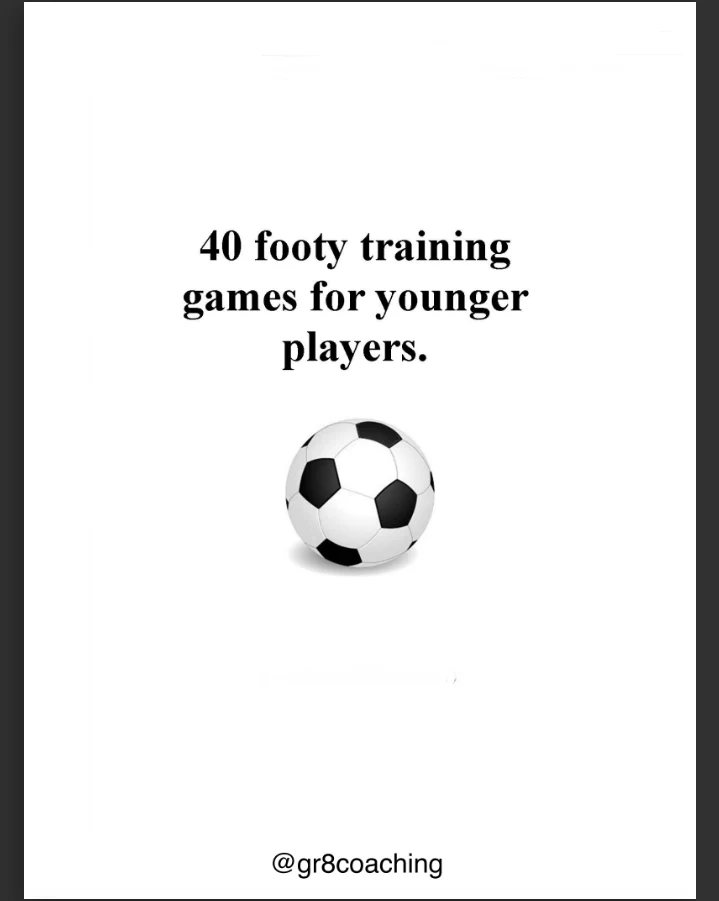Training can be a tough slog for professional footballers as well as the younger players.
Thus, it’s essential to inject some fun into those AFL football training drills as much as possible.
There are a lot of fun and game drill activities for kids that are used even by AFL squads for AFL training drills to help polish skills and strategy as well as keeping fitness levels up.
These definitely will work well with younger players.
Philosophy
The philosophy behind adding some fun into training drills is to make football training less monotonous while the young players learn something simultaneously even when having fun.
There are numerous fun and game training drills and activities that you can research aside from the few we present here.
If parents are involved in their children’s football training, their help can be solicited, so their support is maximised.
After all, the purpose of training activities, even those for fun, is to continually develop the AFL skills and AFL game sense of young players.
Start small
Start small by researching into small-sided games that are usually extensions of other fun games and grid games.
If you researched a particular full grid game, you can scale it down for smaller groups, and then eventually play the full game.
The benefit of small-sided games includes increased involvement through plenty of skill under game pressure, movement, ball contact, and faster decision making for attacks and defence.
Other guidelines
Since you’re starting with small-sided games, the size of the field can be modified depending on the game being played and the main objective.
A larger area may knock the breath out of younger players.
A smaller area means more physical contact and tackling.
Note that any tackling should be done using “touch” football rules and under strict supervision.
Tackling should only be introduced to young players 11 years old and older and must be appropriately done so initially in modified form.
Two Goal Run
Field set up
In a rectangular field, approximately 35m x 25m, two sets of goals are placed at each end of the field with one in each corner.
Each of the four goals (marked by plastic cones) is approximately 1.5m wide.
Rules
Football rules apply in this game, but there is no kicking the ball. Players can run, shepherd, tackle and handball as often as they like.
Scoring
A goal is scored when the ball is handballed through either goal at the end of the field.
The ball must bounce at least once before it goes through the goals.
A ball is placed behind each of the four goals so that when a goal is scored, the opposing team can play on immediately.
The team with the highest score at the end of the game wins.
Time
Due to this game’s high intensity, halves of between four and seven minutes are recommended, with a two- to three-minute break.
Keepings Off
Field set up
Split a football oval down the middle with a set of plastic cones, creating two equal playing fields. Goals are not required.
Rules
Football rules apply. Players can run, shepherd, tackle, kick and handball the ball as often as they like.
One team starts with the ball at the beginning of the first half (coin toss).
The other team starts with the ball at the beginning of the second half.
Scoring
Points are scored by running 10m and bouncing the ball, with one point for every bounce.
If the ball is turned over, the opposing team has the opportunity to score points.
The team with the highest score at the end of the game wins.
Time
Due to this game’s high intensity, halves of four to seven minutes are recommended, with a two- to three-minute break.

